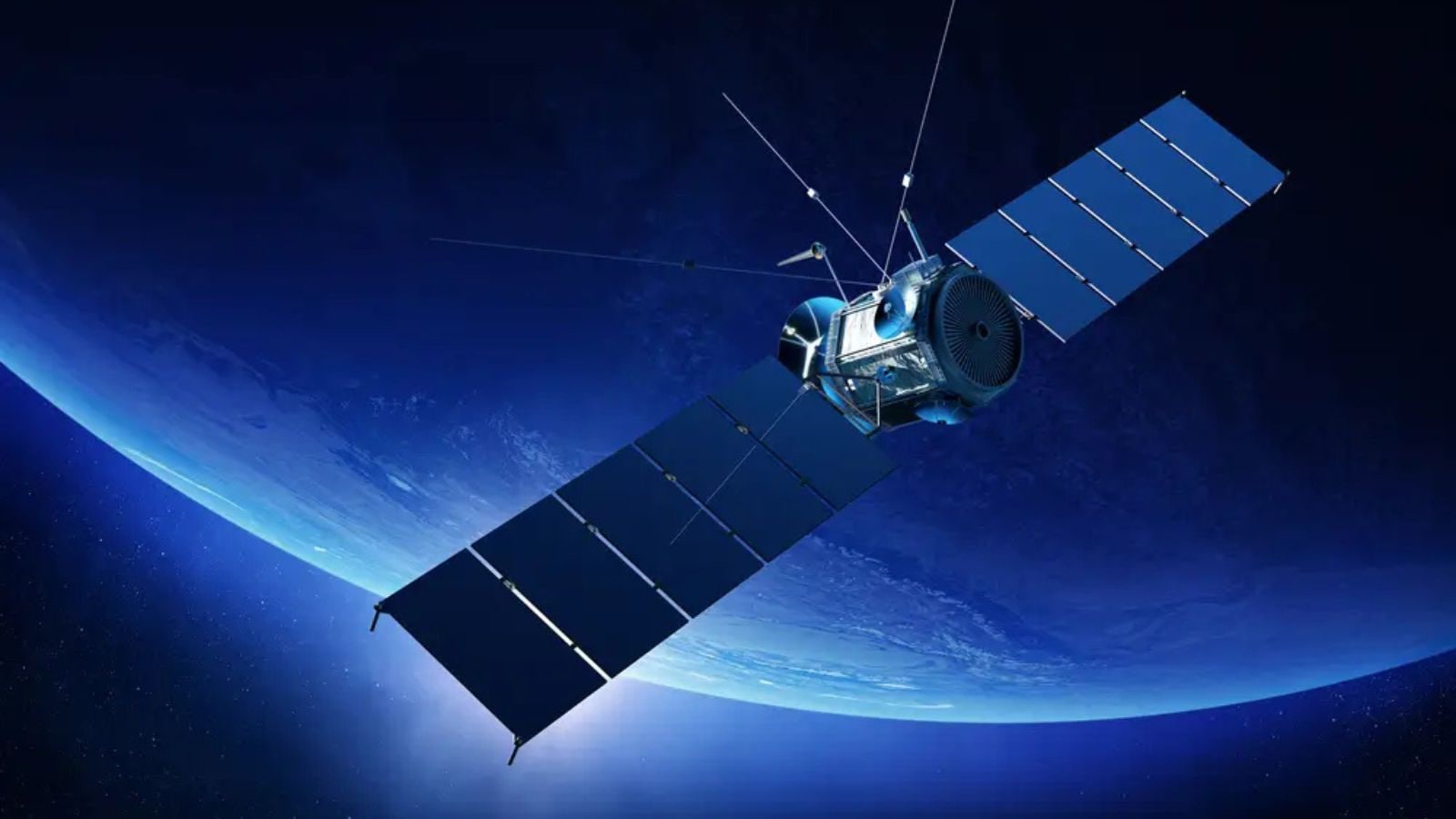

a reason to consider that Starlink might encounter challenges if used on a national scale. In fact, it doesn’t imply that these various types of Starlink dishes are literally plummeting to Earth like massive anvils from the sky (the satellites typically disintegrate before any significant parts can touch the ground). Nevertheless, this does indicate a substantial amount of unnecessary orbital drag occurring. And the primary offender is the ruler of our solar system, the sun.
Thanks in part to a comparatively active solar cycle — featuring solar flares, sunspots, and coronal mass ejections — the upper atmosphere is absorbing a considerable amount of heat, leading to its expansion. With this expansion comes an increase in the amount of drag imposed on low-Earth orbiting spacecraft. When the gravitational pull becomes too overwhelming, the dishes “drop” out of orbit, resulting in objects like Starlink satellites disintegrating in the upper atmosphere.